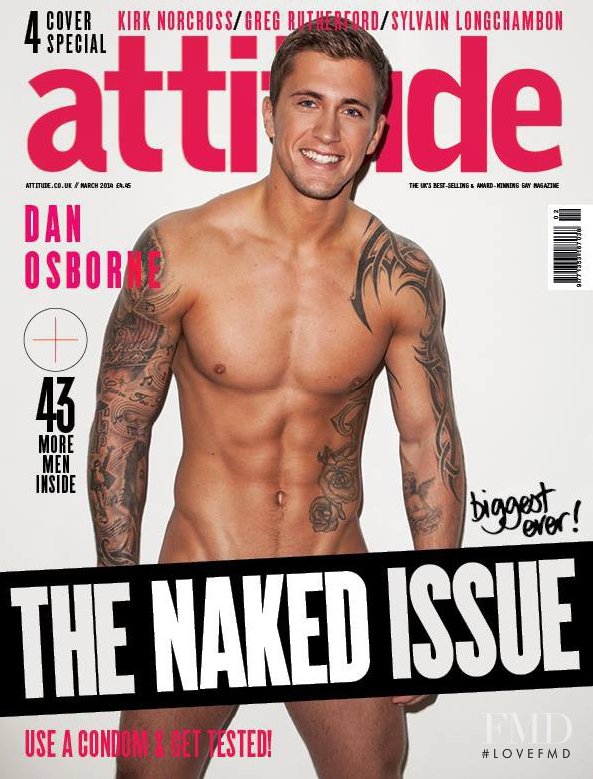 Magazines / Context in Attitude
Magazines / Context in Attitude




Contextual factors to consider:

How have economic and demographic developments affected this product?
Consider the rise of consumerism and men as consumers.
Consumer driven society, it is expected that you buy ‘stuff’ as a way of defining yourself.
Since around 2000 it was more socially acceptable for men to openly care about their looks, clothing and skincare regime and of course for the gay community this has always been more socially acceptable, so men’s magazines embrace this through their content and advertising.
How have social developments affected this product?
Consider the rights and freedoms of the LGBT community nowadays.
Today, LGBT citizens have most of the same legal rights as non-LGBT citizens and the UK provides one of the highest degrees of liberty in the world for its LGBT communities. The Equality Act of 2010 really helped prevent a lot of discrimination and in 2015, it was estimated that at least 7% of the UK population was gay so magazines targeting such a large group is necessary.
Click on an image to open full screen

In 1994, Mark Simpson an author and journalist coined the word “Metrosexual” in an article for the Independent newspaper after he attended Britain’s first GQ style exhibition. He is famously quoted as saying “I had seen the future of masculinity and it was moisturised.” This term gained global popularity in the early 2000s and men like David Beckham seemed to epitomize this concept. This then made it more socially acceptable for men to openly care about their looks, clothing and skincare regime and of course men’s magazines embraced this through their content and advertising.

In 2014, Simpson then introduced the term “spornosexuals” men who are hard-core and body centred, who spend all their time at the gym and make their bodies their best accessory.
Discuss - To what extent does the selection of this particular shot of Dan Osborne from The Only Way Is Essex, support this concept?